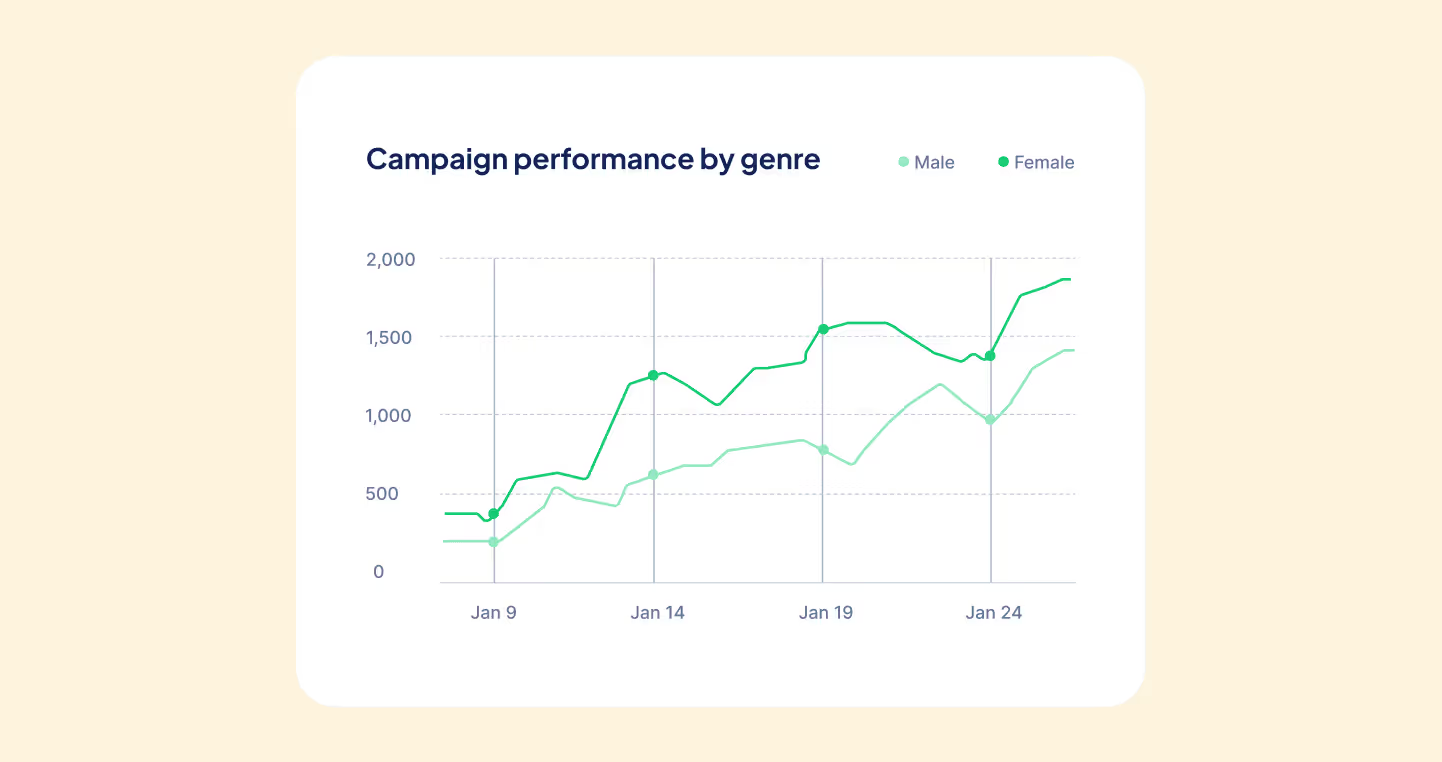Denial Code CO 22: Everything You Need to Know
In this blog we dive into what a denial code is, and specifically what denial code CO 22 is and how you can avoid it!

Did you know in 2021, there were an estimated 48 million claims that had gotten denied?
In the Healthcare industry denials are becoming more and more common. You may be asking why there has not been a reduction in claims. That is because there is no way to remove denial codes completely. Now wait before you click off the blog, there are ways you can try to reduce the occurrence of them.
The best way to reduce denial codes is to hire a third party clearinghouse, that assists billing departments by scrubbing the claims before submission. These clearinghouses find errors before the insurance company receives them and notify the billing department. Allowing them time to fix it, and knowledge of what exactly the error was.
In today’s blog, we will be diving into what a denial code is, and specifically what denial code CO 22 is and how you can avoid it!
Let’s dive into it!
What is a Denial Code?
Instead of diving straight into what denial code CO 22 is, let's first define what a denial code is.
A denial code is a code that your billing department will receive if the claim they submitted contains an error. The error can be due to a large number of reasons that can seem overwhelming.
The denial code is the first step to identifying the error in the claim. The code will tell you why the claim entered a denied status.
Now you may be wondering why billing departments hate to see a denial code coming. This happens because one denial code can have multiple different reasons attached to the code. Assigning your staff to find the reason for the denial is an intimidating task.
There are two different types of denial codes that your billing department can receive. The first type is a CO denial code, which stands for “contractually obligated”. This represents that the insurance company is contractually obligated to cover the agreed-upon amount of the bill.
The other type of denial code is a PR denial code, which stands for “patient responsibility”. This means that the patient is responsible for the bill, and their insurance company will not be paying any of the bill.
The first step in streamlining the revenue cycle process is to understand the difference between a PR and CO denial code.
What is Denial Code CO 22?
Now that you have a good understanding of what a denial code is, let's dive into the details of denial code CO 22.
Your billing department will receive the denial code when the service provided could receive coverage from a different insurance provider.
The denial code will only appear when the patient has more than one insurance provider, and one provider believes the other one should be responsible for the bill.
Due to the patient having two insurance providers, is why the denial code came back as a “contractually obligated” code.
Luckily for your billing department, this denial code is relatively easy to resolve.
What Causes Denial Code CO 22?
Now before we talk about how to resolve this denial code. The easiest way to mitigate the denial code is to understand what may cause it.
Let’s jump into what exactly can cause this denial code.
Cause 1: Incorrect Insurance Information
When the patient is checking in at the receptionist’s desk, the patient is giving all of their important information to the receptionist.
While collecting the patient's information and inputting it into their system, the receptionist could enter the wrong information.
If they entered the insurance provider's information incorrectly it could cause this denial code.
Cause 2: Missing Prior Authorization
Some services that require the doctor’s office to get prior authorization before the service.
You may be wondering what Prior Authorization is exactly, well luckily for you it's exactly what it sounds like. The insurance company needs to approve the service to ensure that it is medically necessary.
If you do not get this prior authorization before the service, you run the risk of the payment getting delayed.
Cause 3: Coordination of Benefits (COB)
This cause sounds a lot more complicated than it is, so don't panic quite yet.
Coordination of Benefits is a process that helps determine which insurance provider is the primary and which is the secondary.
Of course, this cause will only apply when the patient has two or more insurance plans that are active.
If your billing department does not know which is the primary plan and bills to the secondary plan, it could cause this denial code.
It is vital to your organization that your billing department understands what can cause denial code CO 22, so they can try to reduce the risk of it appearing.
How to Mitigate CO 22
Now that you understand what denial code CO 22 is and what causes it, we will next discuss how you can attempt to mitigate it.
Mitigation 1: Enforce Clear Office Protocols
It is vital to implement protocols for your office staff to follow closely. If every employee is following the same protocol when they are doing patient intake. By everyone following the protocol, it ensures consistency and helps minimize any errors.
Mitigation 2: Leverage Technology and Automation
With technology and automation becoming smarter and more efficient, your billing department must embrace it. The use of these systems can help reduce human error, and help speed up the billing process. Which is a well-known super long process to sit through.
Mitigation 3: Hire a Clearinghouse
Hiring a third-party clearinghouse can be useful in reducing the denial codes your department will receive. A clearinghouse is a third-party organization that your billing department sends the claims to before sending it to the insurance provider.
This service ensures claims are clean with no errors to help streamline the revenue collection process.
Mitigation 4: Stay Updated on Payer Policies
Insurance providers are constantly changing or updating their policies. In most cases, their coverage details are what is changing. Ensuring that your office staff knows their current coverage details can help affect your claim approval process.
Adopting these strategies can help reduce the amount of denial codes your billing department will receive, including CO 22. Focusing on enforcing clear policies, hiring a clearinghouse, and staying up to date on policies will help streamline the billing process.
Addressing Denial Code CO 22
Unfortunately, even if you and your billing department do everything in your power to mitigate this denial code. This can be very frustrating for your billing department, but instead of giving up, let's discuss how you can address this denial code.
Solution 1: Review Patient Policies
Review the patients policy, this should be the first thing you do if you get the denial code CO 22. When reviewing the policy you should be looking to see if there are any changes in the policy.
If there were no changes in the policy and the claim received a mislabeling as a denial the billing department will need to submit an appeal. Don’t worry we will get into how to do that late on.
Solution 2: Check for Claim Errors
Review the entire claim, and keep an eye out for any errors. As we talked about above, there are some cases where they submitted incorrect information.
If there was an error, your department needs to resolve it as soon as possible.
Solution 3: Contact the patient to confirm insurance details
Reach out to the Patient to confirm all of their insurance details. If you do not see any other reason the claim had gotten denied this would be your next step. The patient may have additional information on how the coordination of benefits works.
Solution 4: Resubmit or appeal the claim
If the claim has any errors, it is important that your billing department fixes the claim and resubmits it as soon as possible.
If the claim has no errors, and you have reviewed the policies and have followed the Coordination of Benefits, the next step is to appeal the claim. When filing the claim the billing department needs to have all of the documentation to provide to the insurance provider.
Conclusion
Receiving the denial code CO 22 can be frustrating. Your billing department must understand what causes it and how they can work on mitigating it. Whether that is having clear office procedures, using technology to help streamline the process, hiring a Clearinghouse, or staying updated on payers’ policies, is just one step in the right direction.
Your billing staff should be well-trained on how they should address the denial code if they ever run into it. Ensuring they are addressing it promptly by reviewing the policies, checking for errors, contacting the patient, or filing an appeal can help resolve the denial quickly.
By continuously improving these processes, it can help streamline the revenue cycle process.
Emphasize your product's unique features or benefits to differentiate it from competitors
In nec dictum adipiscing pharetra enim etiam scelerisque dolor purus ipsum egestas cursus vulputate arcu egestas ut eu sed mollis consectetur mattis pharetra curabitur et maecenas in mattis fames consectetur ipsum quis risus mauris aliquam ornare nisl purus at ipsum nulla accumsan consectetur vestibulum suspendisse aliquam condimentum scelerisque lacinia pellentesque vestibulum condimentum turpis ligula pharetra dictum sapien facilisis sapien at sagittis et cursus congue.
- Pharetra curabitur et maecenas in mattis fames consectetur ipsum quis risus.
- Justo urna nisi auctor consequat consectetur dolor lectus blandit.
- Eget egestas volutpat lacinia vestibulum vitae mattis hendrerit.
- Ornare elit odio tellus orci bibendum dictum id sem congue enim amet diam.
Incorporate statistics or specific numbers to highlight the effectiveness or popularity of your offering
Convallis pellentesque ullamcorper sapien sed tristique fermentum proin amet quam tincidunt feugiat vitae neque quisque odio ut pellentesque ac mauris eget lectus. Pretium arcu turpis lacus sapien sit at eu sapien duis magna nunc nibh nam non ut nibh ultrices ultrices elementum egestas enim nisl sed cursus pellentesque sit dignissim enim euismod sit et convallis sed pelis viverra quam at nisl sit pharetra enim nisl nec vestibulum posuere in volutpat sed blandit neque risus.

Use time-sensitive language to encourage immediate action, such as "Limited Time Offer
Feugiat vitae neque quisque odio ut pellentesque ac mauris eget lectus. Pretium arcu turpis lacus sapien sit at eu sapien duis magna nunc nibh nam non ut nibh ultrices ultrices elementum egestas enim nisl sed cursus pellentesque sit dignissim enim euismod sit et convallis sed pelis viverra quam at nisl sit pharetra enim nisl nec vestibulum posuere in volutpat sed blandit neque risus.
- Pharetra curabitur et maecenas in mattis fames consectetur ipsum quis risus.
- Justo urna nisi auctor consequat consectetur dolor lectus blandit.
- Eget egestas volutpat lacinia vestibulum vitae mattis hendrerit.
- Ornare elit odio tellus orci bibendum dictum id sem congue enim amet diam.
Address customer pain points directly by showing how your product solves their problems
Feugiat vitae neque quisque odio ut pellentesque ac mauris eget lectus. Pretium arcu turpis lacus sapien sit at eu sapien duis magna nunc nibh nam non ut nibh ultrices ultrices elementum egestas enim nisl sed cursus pellentesque sit dignissim enim euismod sit et convallis sed pelis viverra quam at nisl sit pharetra enim nisl nec vestibulum posuere in volutpat sed blandit neque risus.
Vel etiam vel amet aenean eget in habitasse nunc duis tellus sem turpis risus aliquam ac volutpat tellus eu faucibus ullamcorper.
Tailor titles to your ideal customer segment using phrases like "Designed for Busy Professionals
Sed pretium id nibh id sit felis vitae volutpat volutpat adipiscing at sodales neque lectus mi phasellus commodo at elit suspendisse ornare faucibus lectus purus viverra in nec aliquet commodo et sed sed nisi tempor mi pellentesque arcu viverra pretium duis enim vulputate dignissim etiam ultrices vitae neque urna proin nibh diam turpis augue lacus.




